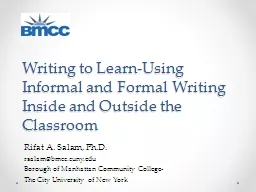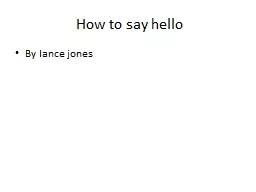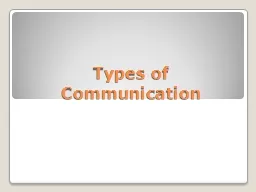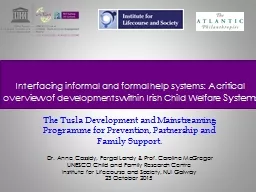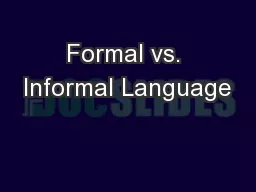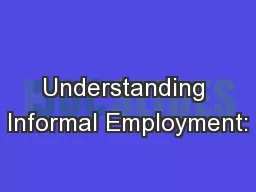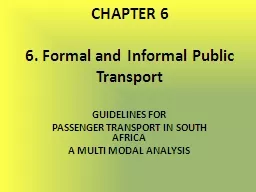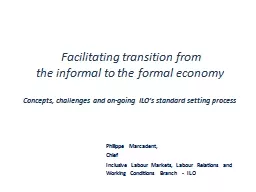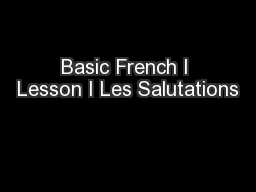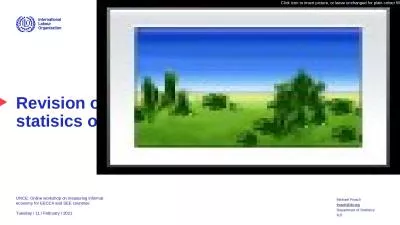PPT-Writing to Learn-Using Informal and Formal Writing Inside a
Author : faustina-dinatale | Published Date : 2016-05-13
Rifat A Salam PhD rsalambmcccunyedu Borough of Manhattan Community College The City University of New York Elements of Good Writing Assignments Think of the best
Presentation Embed Code
Download Presentation
Download Presentation The PPT/PDF document "Writing to Learn-Using Informal and Form..." is the property of its rightful owner. Permission is granted to download and print the materials on this website for personal, non-commercial use only, and to display it on your personal computer provided you do not modify the materials and that you retain all copyright notices contained in the materials. By downloading content from our website, you accept the terms of this agreement.
Writing to Learn-Using Informal and Formal Writing Inside a: Transcript
Download Rules Of Document
"Writing to Learn-Using Informal and Formal Writing Inside a"The content belongs to its owner. You may download and print it for personal use, without modification, and keep all copyright notices. By downloading, you agree to these terms.
Related Documents

